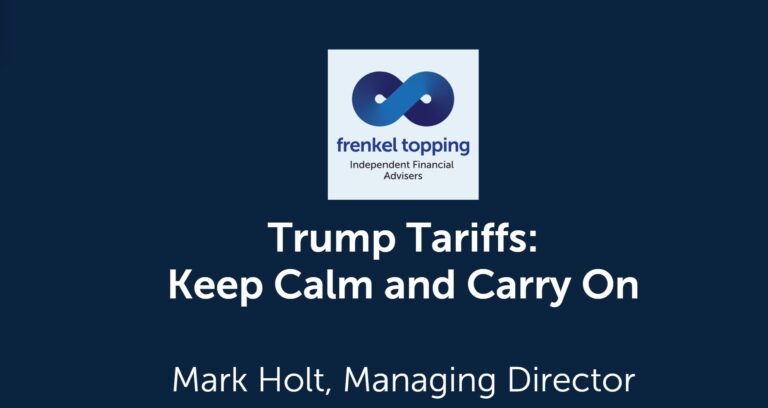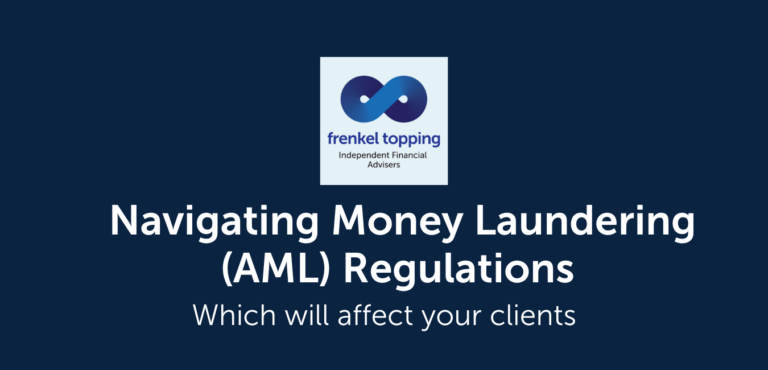Last month, after a review started on 15th July 2024, the Lord Chancellor announced the new Personal Injury Discount Rate (PIDR) will be set in England and Wales at 0.5%, as effective from 11th January 2025. This is in line with Scotland and Northern Ireland, whose PIDRs were updated in 2024, .
For those of us monitoring the review process avidly, I doubt this change will come as a surprise to many and given recent speculation that the rate could have been set higher, will come as a sensible outcome from this review.
The Ministry of Justice’s (MoJ) job of balancing the PIDR so that the target of 100% compensation for claimants is achieved, has never been straightforward and whilst some corners of the industry may have been suggesting a danger of the current discount rate overcompensating some claimants, undercompensating bears as much of a problem for the government as overcompensating. If a claimant is undercompensated, the state faces the possibility of them requiring increased support from the NHS and/or DWP for medical and care needs. Weighting this balance therefore requires careful deliberation.
Whilst in previous years and pre-Civil Liability Act [2018], a range of different modelling was applied to parse how the Discount Rate should be set, a striking difference between this and the last rate review is the Expert Panel’s decision to base its advice on not one but several “core claimant types”. As any personal injury litigator and any financial adviser will tell you, there is no such thing as a one size fits all approach when it comes to a personal injury claim, and it is understandable that the Lord Chancellor should seek a robust approach to measuring PIDR. These three core claim types are considered in the abstract by their investment terms of 20, 40 or 60 years, and an amalgamated consideration of their propensity for risk when it comes to investments. It was felt that these core claimant types are representative of a range of the key characteristics of real-life claimants including the size and term of their damages award, their investment strategy, and other taxable income.
The rate set for the PIDR broadly assumes that investment strategy will lean more towards cautious modelling for those longer term claimant types, and slightly less cautious for those shorter term claimant types. This will bring us back, as it always does, to not only the investment portfolio a claimant has, but the input of their financial adviser, whose advice should be based on the best interests of their client, gained from a full understanding of who that person is and what their needs are. The advice is meant to be holistic rather than atomistic, and get their client to the best possible position. An adviser with whole of market access, such as Frenkel Topping, is therefore in an excellent position to work with claimants so that an investment portfolio that meets their needs is provided. We’re delighted to be able to have access to investment specialists, Ascencia Investment Management as part of that whole of market view.
Setting aside the assessment metrics used for the PIDR, the impact is clear for claimants; lump sums will be lower for the next five years. It means that it is more important than ever to get clear and comprehensive financial advice. I also believe that the propensity of larger cases to settle with the inclusion of Periodical Payments will increase, something that has declined considerably over recent years during the period of a negative rate and thus larger lump sum settlement offers. Again, advisers will be looking carefully at what is best for their clients and carefully weighing in the balance whether a lump sum or a PPO is more appropriate.
If PPOs become a more regular feature on the litigation landscape, this will this have an impact on defendants and maybe foster a propensity to push back on the same. Certainly, it has a material impact on the assets insurers will need to keep available if more PPOs require servicing and the estimated savings to be made to the defendant market could be eaten into if that’s the case. The MoJ’s Impact Assessment highlighted that complexity of factors leading to the incidence of PPO take up meant that this element of impact could not be monetised. That does just impact insurers, and not NHS Resolution however, so it may be that we see a difference in approach, depending on the defendant.
As the organisation that pioneered the structured settlement in the UK, I know that Frenkel Topping has the right tools to help with making those decisions; one of our areas of expertise is in providing Form of Award reports that scrutinise a claimant’s case from every angle and make appropriate recommendations.
The PIDR is reviewed every 5 years, so no matter anyone’s feelings about a 0.5% discount rate, this is the financial landscape for claimants until 2030. The benefit to defendants is an estimated saving of £350m p.a., of which £150m p.a. will benefit the insurance industry, with the rest set to benefit NHS Resolution.
As always, careful consideration will be needed to navigate every client through to their best result. That’s in the bones of who Frenkel Topping Limited are, of what we do. Keep watching our website and social media feeds over the coming months for our considered commentary and Knowledge Hubs from our industry leading team as we continue to assess how we can best support legal practitioners and claimants in their navigation of the PIDR.



